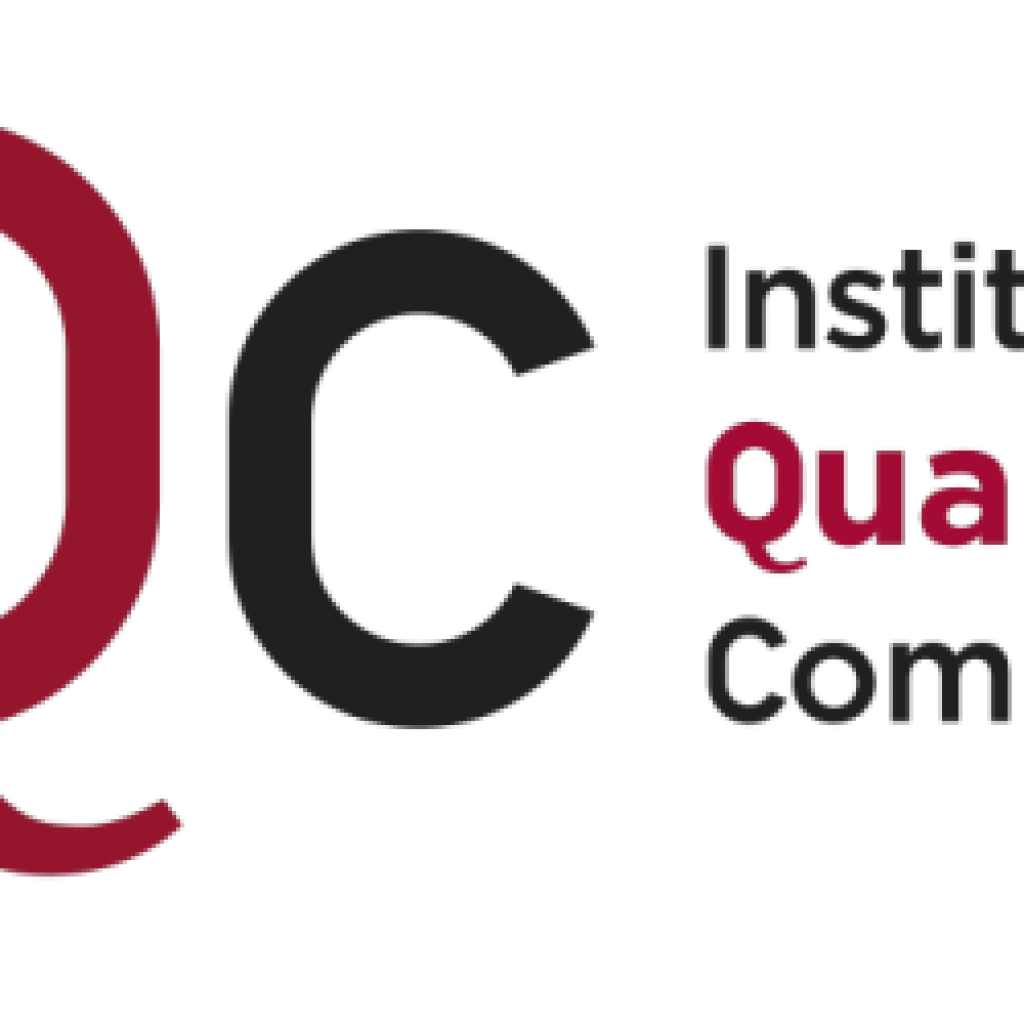(EurekaAlert) Researchers from the University of Waterloo have successfully demonstrated the transfer and recovery of quantum coherence using photons scattered in free-space for the first time, enabling new research opportunities and applications in fields ranging from quantum communication to imaging and beyond.
“The ability to transfer quantum coherence via scattered photons means that now you can do many things that previously required direct line-of-sight free-space channels,” said Shihan Sajeed, lead author on the paper and a postdoctoral fellow at the Institute for Quantum Computing (IQC) and in the Department of Physics and Astronomy at the University of Waterloo in Ontario, Canada.
Normally, if you try to send and receive photons through the air (free-space) for quantum communication or any other quantum-encoded protocol, you need a direct line-of-sight between transmitter and receiver. Any objects–from as big as a wall to as small as a molecule–in the optical path will reflect some photons and scatter others, depending on how reflective the surface is. Any quantum information encoded in the photons is typically lost in the scattered photons, interrupting the quantum channel.
Together with Thomas Jennewein, principal investigator of the Quantum Photonics lab at IQC, Sajeed found a way to encode quantum coherence in pairs of photon pulses sent one after the other so that they would maintain their coherence even after scattering from a diffuse surface.
“We believe this could be used in quantum enhanced Lidar (Light Detection and Ranging), quantum sensing, non-line-of-sight imaging, and many other areas–the possibilities are endless,” said Sajeed.
U of Waterloo Researchers Demonstrate First Quantum Coherence in Free-Space; Potential for LIDAR, Quantum Sensing, Imaging
